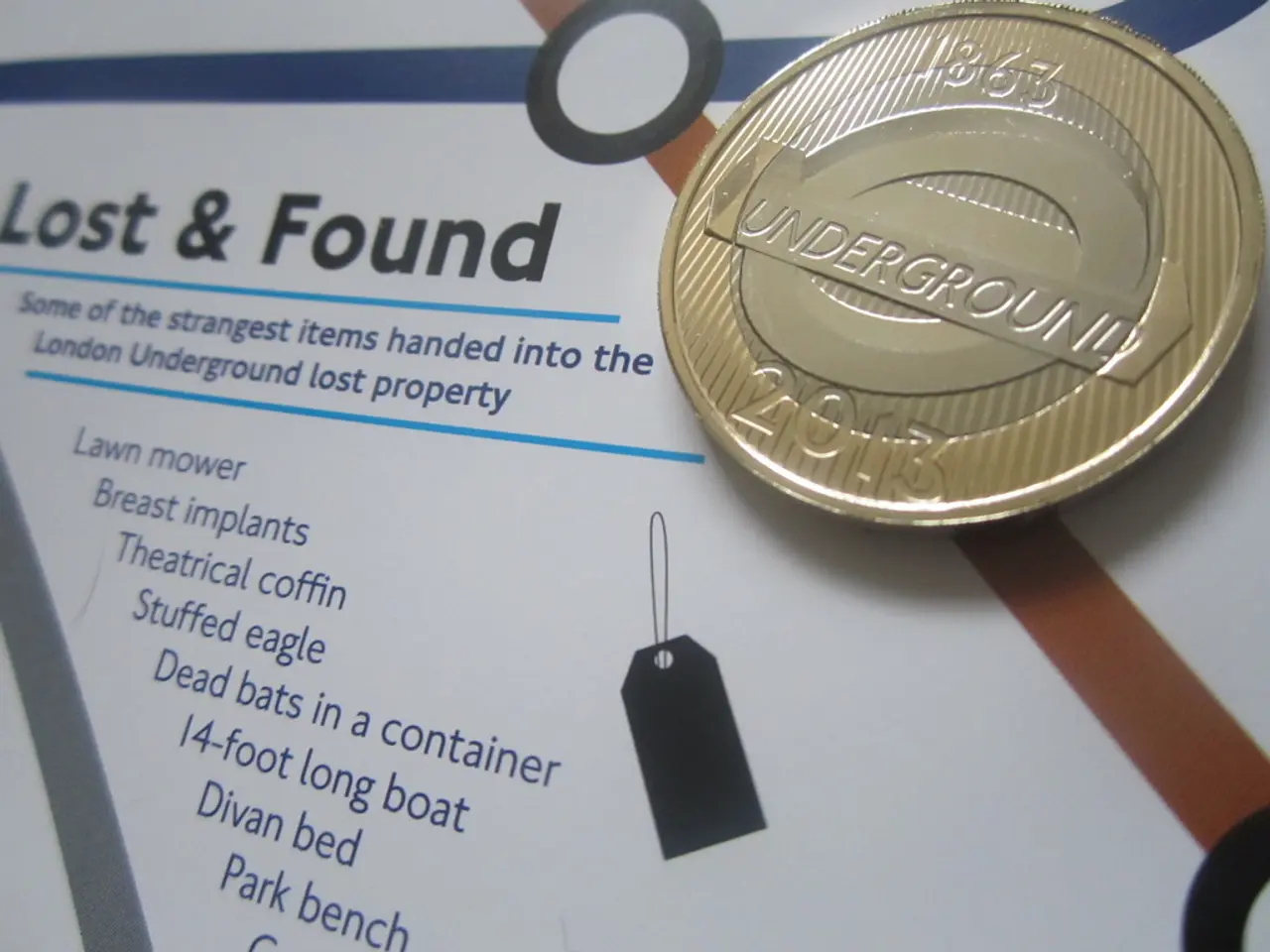Expanding an airship armada in the United Kingdom.
The UK Defence, in partnership with companies including Voltitude, has successfully trialled a groundbreaking project called AETHER. This initiative involves the development and deployment of unmanned high-altitude balloons capable of conducting intelligence, surveillance, and reconnaissance (ISR) missions, as well as providing communication support.
These balloons operate in the stratosphere at altitudes between 60,000 and 80,000 feet, far above commercial airliners and most military aircraft. This high-altitude operation allows the balloons to travel unimpeded for extended periods with minimal maintenance, providing near-continuous ISR coverage for nearly a month.
One of the key features of the AETHER project is the balloons' ability to fly in a coordinated constellation. Each balloon can carry an ISR payload of up to 3 kg, including surveillance sensors and communication equipment, with a very light sensor weight similar to a small bird. The system can be launched and operated by a single person, even under adverse weather conditions, demonstrating high flexibility and minimal logistics.
The potential uses of this technology extend beyond military ISR. It could be utilised for communications support in disaster relief, coverage of remote areas, and weather and climate data collection. The balloons offer a cost-effective alternative to satellites and aircraft for persistent surveillance and communication tasks. The UK Ministry of Defence is currently evaluating future systems capable of carrying larger payloads for extended missions, up to twelve months.
The AETHER project is part of the UK government’s Plan for Change, aimed at enhancing armed forces capabilities and operational resilience in complex environments. This strategic response to various developments, including similar systems used internationally, such as by the US, Poland, and Singapore, is seen as a significant advancement in the UK's use of uncrewed stratospheric balloon constellations for ISR and communications, with Voltitude being a key company involved alongside Defence partners.
However, the technology is not without challenges. Stratospheric wind currents can affect the balloons' positioning, and recent events have highlighted the potential geopolitical implications of such technology. For instance, the White House has accused China of using balloons for spying over five continents, an allegation China denies, stating that the balloons were intended for meteorological research. The U.S. recently shot down a Chinese balloon that entered U.S. airspace off the coast of South Carolina on February 4, and the White House has announced it would not return the debris of the downed balloon to Beijing.
In summary, the AETHER project represents a significant advancement in the UK's use of uncrewed stratospheric balloon constellations for ISR and communications, with Voltitude being a key company involved alongside Defence partners. The trials were conducted earlier this year as part of the AETHER project, with British Landguard Systems and American Aerostar also participating. As the technology continues to evolve, its potential applications and geopolitical implications will undoubtedly be a topic of ongoing discussion.
[1] UK Defence Journal [2] Aerospace Daily & Defense Report [3] BBC News [4] The Guardian [5] Defense News
- The AETHER project, a significant advancement in uncrewed stratospheric balloon constellations for ISR and communications, has been covered in various sources, including UK Defence Journal, Aerospace Daily & Defense Report, BBC News, The Guardian, and Defense News.
- This technology, with applications ranging from communications support in disaster relief to weather and climate data collection, has also been discussed in the context of its geopolitical implications, such as potential spying concerns, as highlighted in recent news reports.




